4 key points when installing new carpets
Any floor covering is an investment and should be installed properly for best results. If you have decided to install new carpets in your home, correct preparation of the surface is important to ensure a great-looking long-lasting floor.
Type of carpet
Carpets are generally available as a wall-to-wall carpet, or as a stick-down carpet or carpet tile. A wall-to-wall carpet is placed over underfelt and is ideal for bedrooms as they are soft and warm underfoot. This type of carpet can be curved over stairs and as the underfelt provides the majority of the protection from any flaws in the subfloor, they are more forgiving of the surface below. Alternatively, for high traffic areas or in large commercial spaces, stick-down carpets, which come in sheets or in carpet tiles, are glued directly onto the surface. These are more economical but are not as soft underfoot.
Smooth versus level floors
For wall-to-wall carpets, a level surface is important as imperfections in your subfloor can impact on the look and durability of your new carpet. Variations in the floor level, such as hollows or raised areas will lead to bumps in your carpet which become wear spots, reducing the life-span of your carpet. Similarly, hollows below the carpet can create unattractive sagging that are also a tripping hazard. We recommend using TAL Rapidfix to repair minor pockmarks or depressions in your floor, and TAL Superscreed in larger areas for correcting minor variations or imperfections in floor levels before installing your carpets.
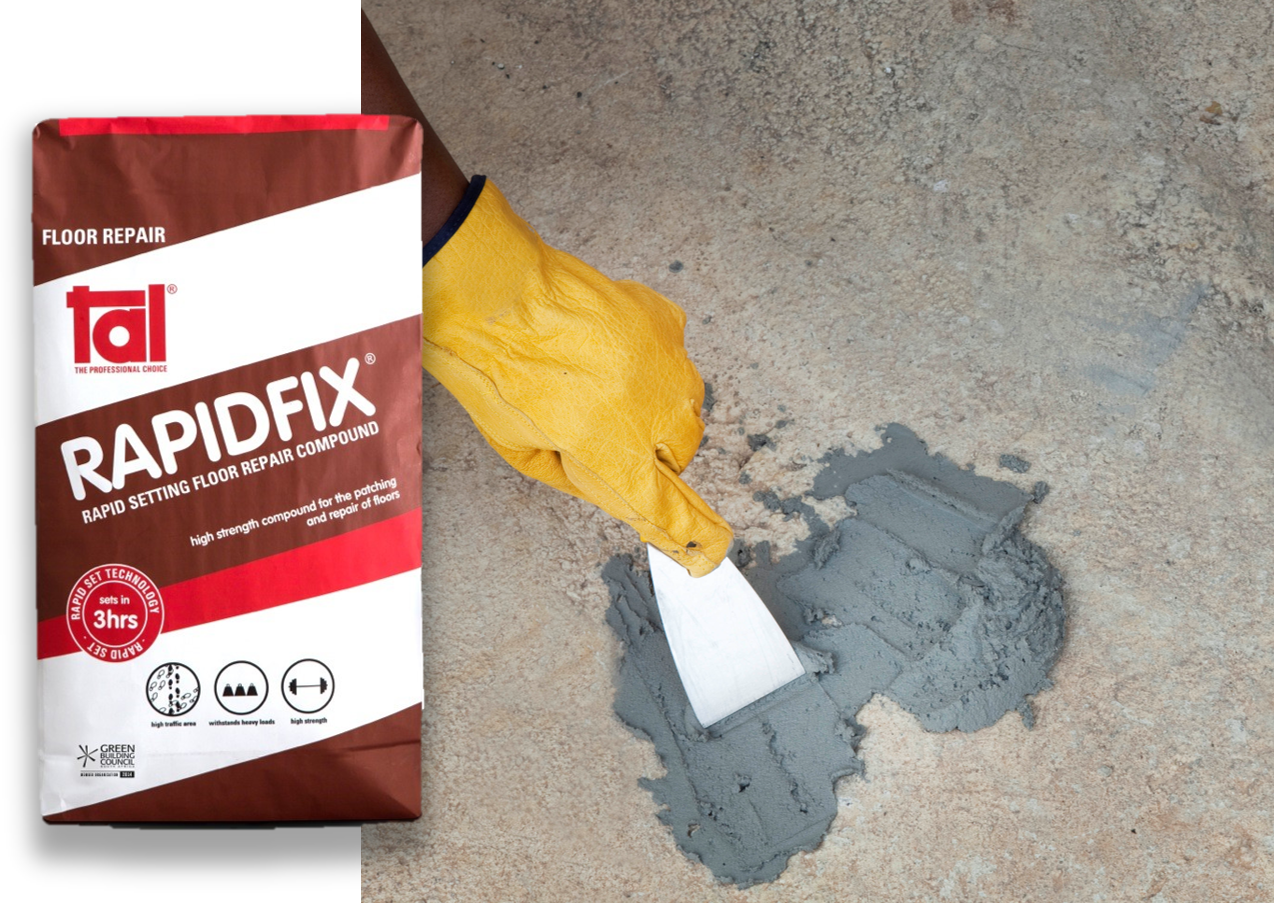
When installing stick-down carpets, it is essential to have a smooth and level surface as they are glued directly onto the subfloor, or screed. TAL Screedmaster should be used for smoothing and levelling the floor to create the perfect surface before installation. For larger voids in the surface, use TAL Rapidfix to repair these prior to applying the underlayment compound (screed).
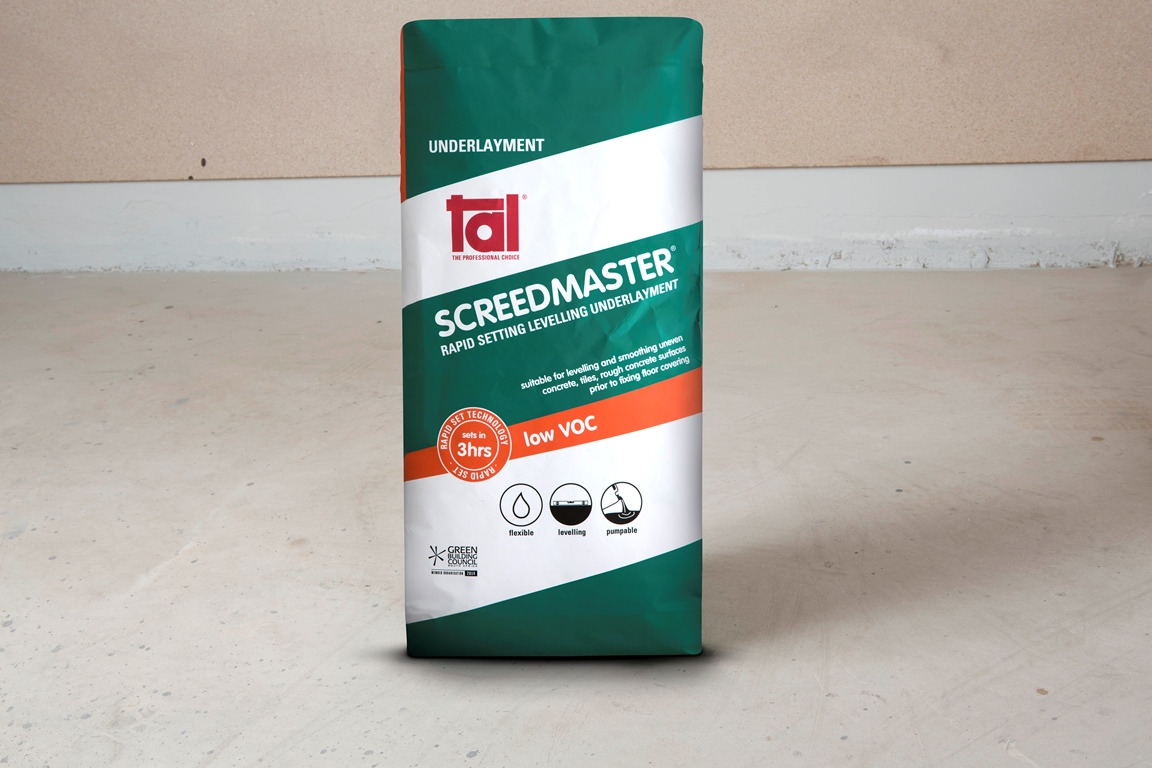
Controlling moisture
High levels of moisture in a concrete floor can cause damage to the carpet and result in unpleasant odours over the long term. Use a moisture barrier such as TAL VaporStop, particularly when installing stick-down carpets as excessive moisture in the substrate can affect the adhesive bond, causing the carpets to lift.
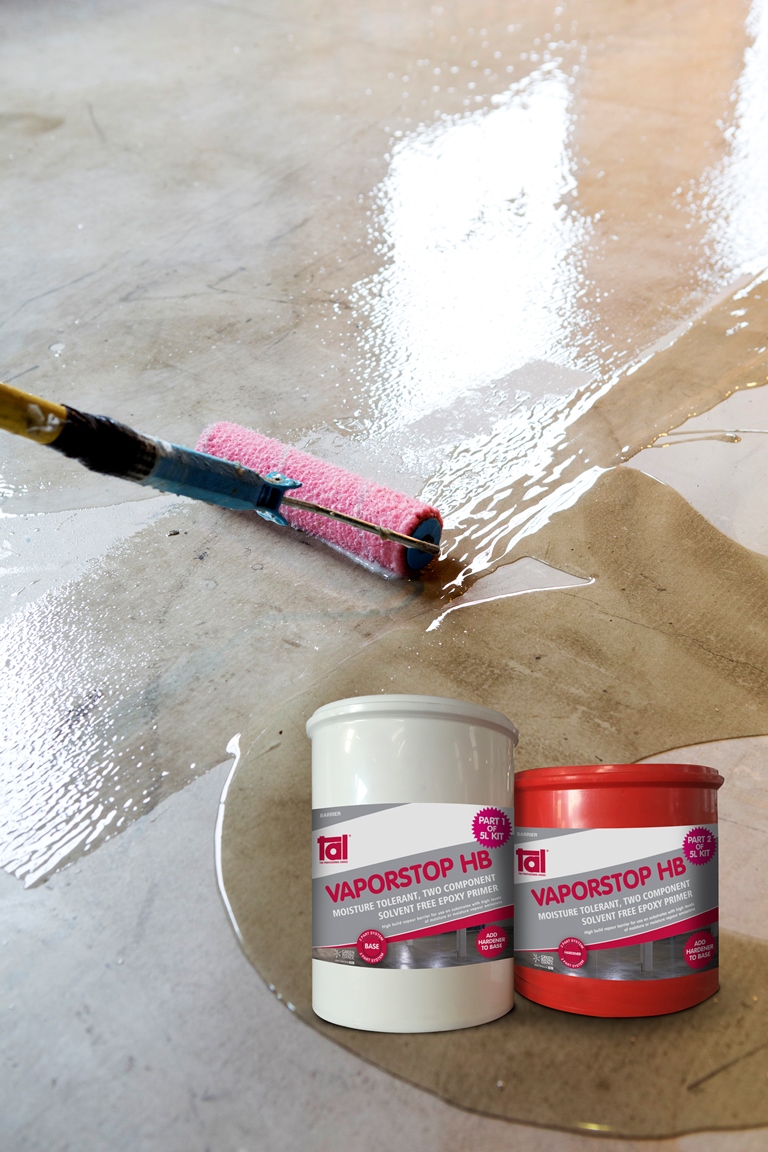
Managing the heat
When installing undercarpet heating with wall-to-wall carpets, heating pads are installed that lie between the underfelt and the carpet. If installing underfloor heating for stick-down carpets or vinyl flooring, then heating elements are placed on the floor and embedded in an underlayment. In these cases, a trowel-applied screed such as TAL Superscreed is ideal. This will form a protective barrier over the heating elements, ensuring that they are not damaged during the installation of the new carpets.
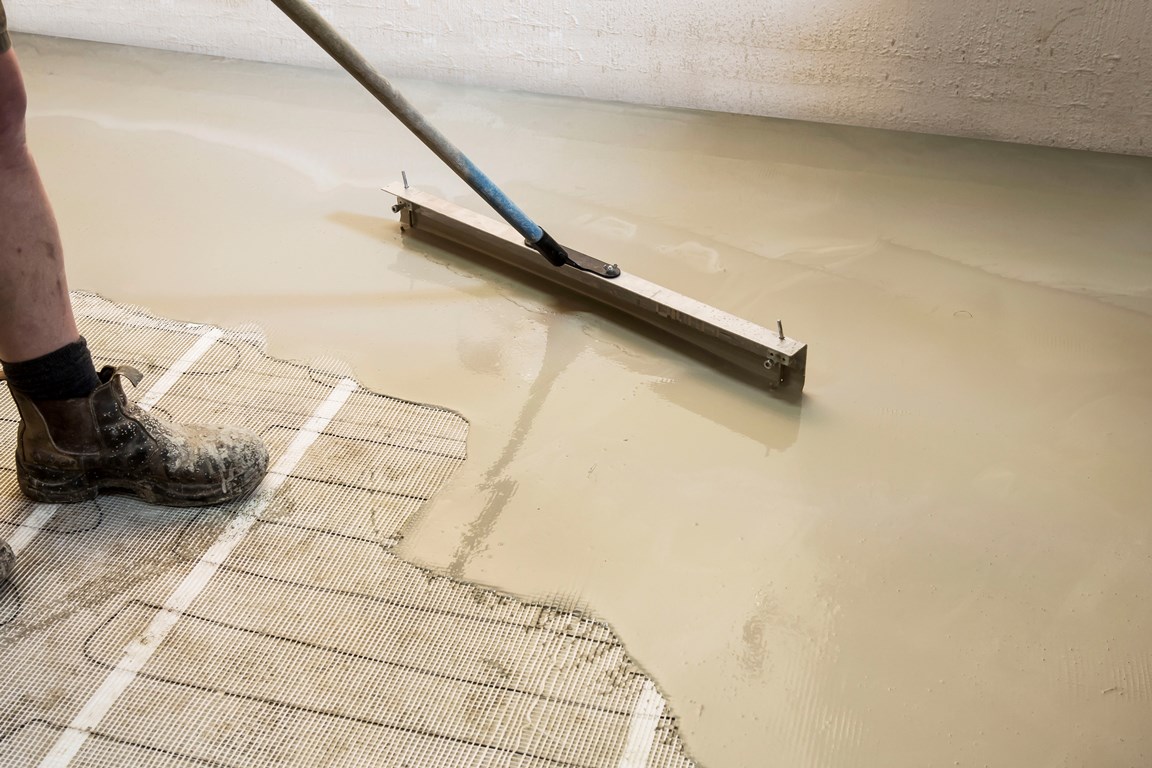
Due to the temperature fluctuations associated with floor heating systems, add a latex additive like TAL Screedbinder (as a water replacement) to the TAL Superscreed. This is to accommodate the expansion and contraction caused by the heat generated by the elements.
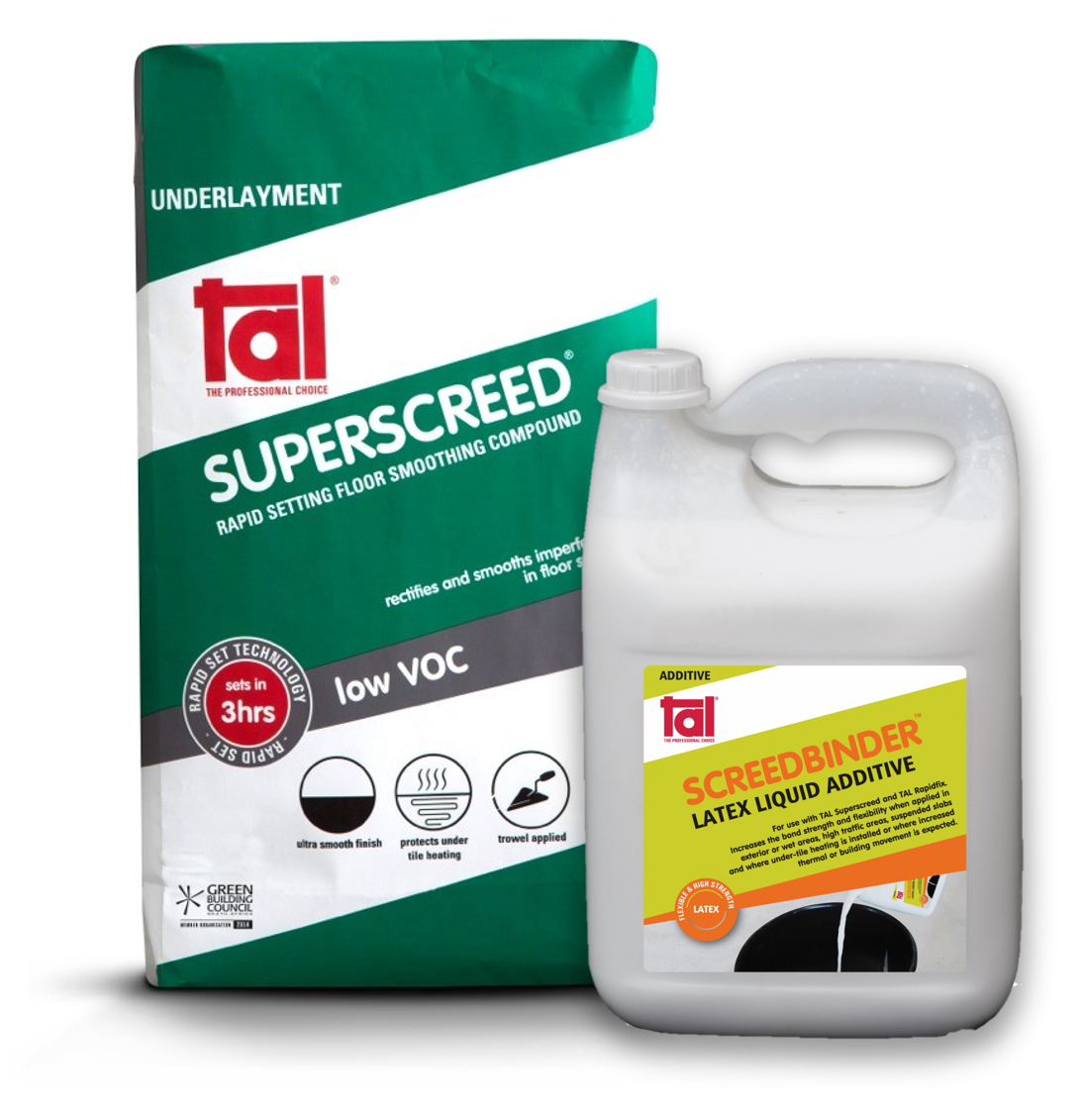
Paying attention to these 4 key points when installing your new carpets will ensure that your investment is long-lasting and adds value to your home.
If you have any questions or are in doubt about how to prepare your floors before installing your chosen final floor covering, call our Technical Advice Centre or send us an email.
[Back]
blog comments powered by Disqus

